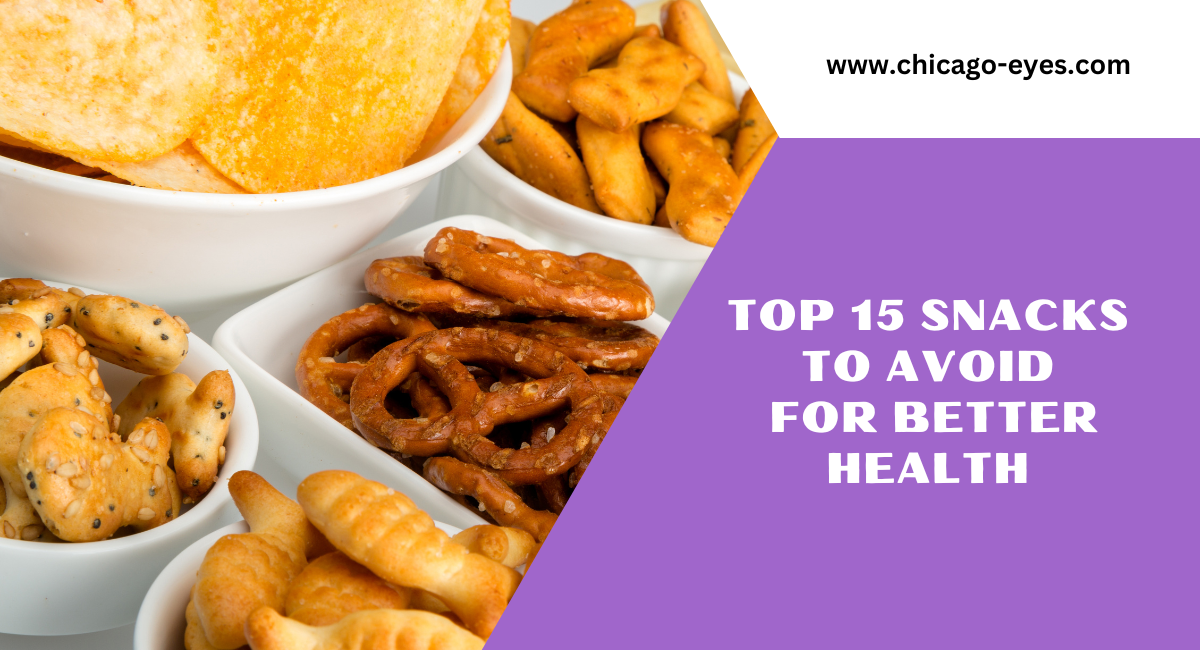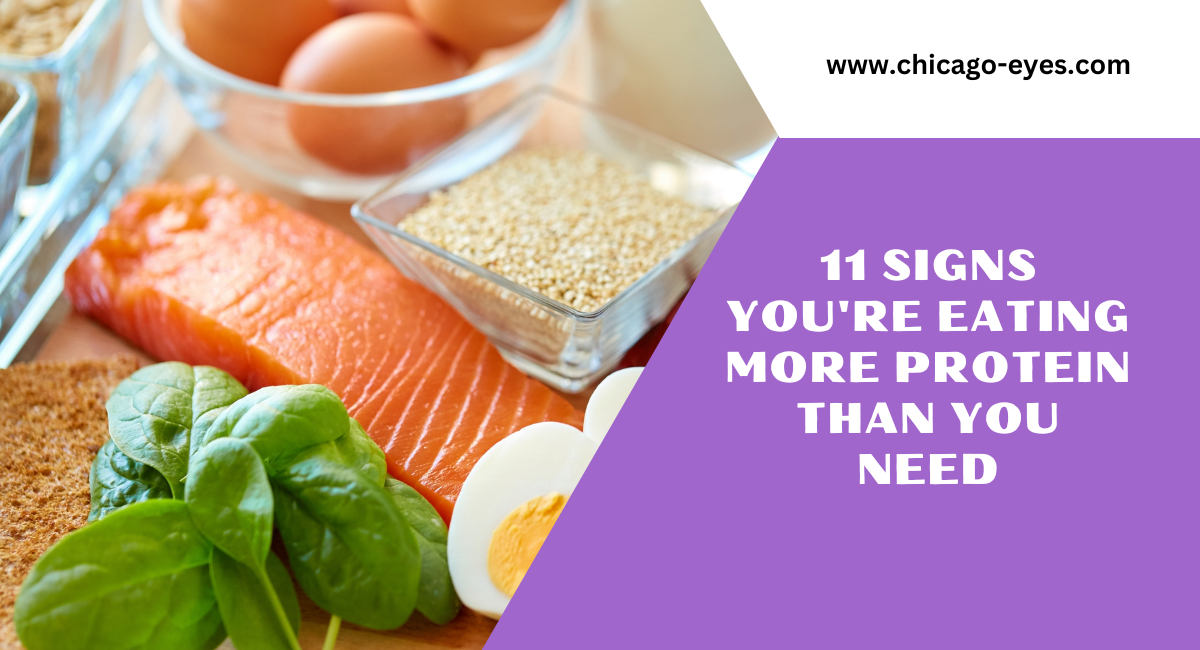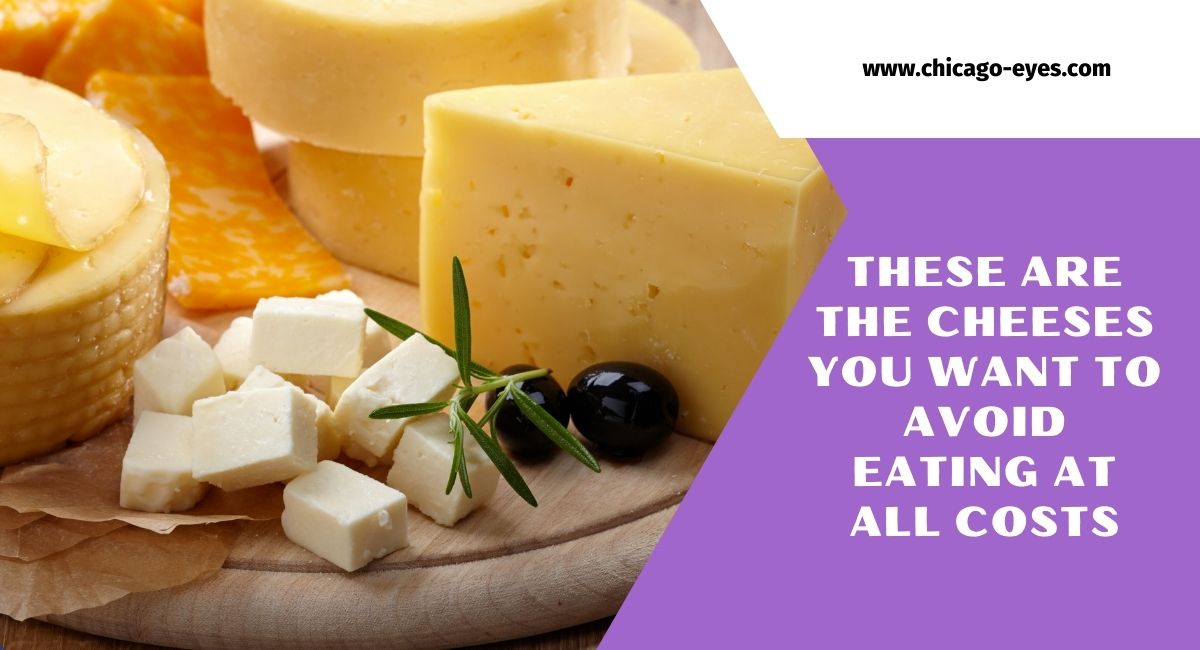We all know the struggle. Hunger pangs hit, and you reach for the quickest, most convenient snack.
But beware! Not all snacks are created equal. Some seemingly innocent options can pack a hidden punch of sugar, unhealthy fats, and empty calories, derailing your health goals.
So ditch the diet derailers and fuel your body with delicious, nutritious snacks that will keep you satisfied and energized. Here’s a guide to help you navigate the snack aisle and make informed choices:
Sugar Crash Culprits
Sugary snacks may provide a quick burst of energy, but the crash that follows leaves you feeling sluggish and reaching for more. Here are some sugary saboteurs to avoid:
Candy Bars:
Loaded with Sugar, Unhealthy Fats, and Artificial Ingredients: Candy bars are a concentrated dose of simple sugars, unhealthy fats like saturated and trans fats, and often contain artificial ingredients like artificial flavors and colors.
These ingredients offer minimal nutritional value and can contribute to weight gain, blood sugar spikes and crashes, and inflammation in the body.
Fruit Snacks:
While they may seem like a healthy option, many fruit snacks are packed with Added Sugar and Lack the Fiber Punch of Whole Fruits: Many commercially available fruit snacks are more like candy than fruit.
They are often loaded with added sugars and syrups, and lack the fiber content of whole fruits. Fiber helps you feel full and satisfied, and also slows down the absorption of sugar into the bloodstream, preventing blood sugar spikes.
Flavored Yogurts:
These Often Disguise High Sugar Content with Fruity Flavors and Colorful Layers: Flavored yogurts can be a major source of hidden sugar.
They may look healthy with their bright colors and fruity flavors, but often contain significant amounts of added sugar. Opt for plain yogurt and add your own fruit for sweetness and a fiber boost.
Baked Goods:
Cookies, Muffins, and Pastries are Often Loaded with Sugar, Butter, and Refined Flour, Providing Little More Than Empty Calories: Baked goods like cookies, muffins, and pastries can be tempting treats, but they offer minimal nutritional value.
They are typically high in refined carbohydrates from white flour and sugar, which can lead to blood sugar spikes and crashes. They are also often high in unhealthy fats like butter and shortening.
Salt Bombs
Salty snacks can be highly addictive, and the more you eat, the thirstier you become. This cycle of snacking and drinking can lead to overconsumption and dehydration. Here are some salty sirens to avoid:
Potato Chips:
Classic Potato Chips are High in Sodium, Unhealthy Fats, and Lacking in Nutrients: Potato chips are a classic salty snack, but they’re not doing your health any favors.
They are typically high in sodium, which can contribute to high blood pressure. They are also fried, which adds unhealthy fats to your diet. Additionally, they offer minimal essential vitamins, minerals, or fiber.
Pretzels:
While Seemingly Benign, Pretzels Can Be Surprisingly High in Sodium, Pretzels may seem like a healthier alternative to potato chips, but they can be surprisingly high in sodium, especially flavored varieties.
Be sure to check the nutrition label before grabbing a bag. Opt for unsalted pretzel twists for a lower-sodium option.
Microwave Popcorn:
Microwave Popcorn is Often Loaded with Sodium and Unhealthy Fats: Microwave popcorn is a convenient snack option, but be wary of the hidden ingredients.
Many microwave popcorn bags are loaded with sodium and unhealthy fats like trans fats. Look for air-popped popcorn and season it yourself with healthy spices and herbs for a lower-sodium and healthier option.
Flavored Nuts:
Salted and Flavored Nuts Can Be a Major Source of Hidden Sodium: Nuts are a healthy snack option, but be mindful of flavored varieties. Salted and flavored nuts can be a major source of hidden sodium.
Opt for dry-roasted or unsalted nuts for a healthier alternative. You can also roast your own nuts at home and season them with your favorite spices for added flavor without the added sodium.
Empty Calorie Culprits
These snacks may be low in calories, but they also lack essential nutrients, leaving you feeling hungry shortly after. Here are some empty-calorie evaders:
Rice Cakes:
Rice cakes may seem like a healthy option because they are low in calories, but they lack essential nutrients that keep you feeling full.
They are mostly carbohydrates and offer little fiber or protein. Fiber and protein help you feel satisfied and prevent you from reaching for more snacks soon after.
Diet Cookies:
Diet Cookies Often Rely on Artificial Sweeteners and Fillers to Create a Low-Calorie Option, but They Often Leave You Craving More: Diet cookies may seem like a guilt-free indulgence, but they often disappoint.
They frequently rely on artificial sweeteners and fillers to create a low-calorie option, but these ingredients can leave you feeling unsatisfied and craving more.
Artificial sweeteners can also disrupt your gut microbiome and contribute to sugar cravings.
Puffed Snacks:
These Airy Snacks May Be Light in Calories, but They Also Lack Significant Protein or Fiber, Leaving You Feeling Unsatisfied: Puffed snacks like puffs or cheese puffs may be light and airy, making them seem like a low-calorie option.
However, they are typically made with refined carbohydrates and lack significant protein or fiber. This means they won’t keep you feeling full for long, and you may find yourself reaching for more snacks shortly after.
Fruit Juices:
While Fruit Juices Contain Vitamins, They Lack the Fiber of Whole Fruit and Can Be High in Sugar: Fruit juice can be a refreshing drink, but it’s not the healthiest snack option.
While it does contain some vitamins and antioxidants, it lacks the fiber content of whole fruit. Fiber helps you feel full and satisfied, and also slows down the absorption of sugar into the bloodstream.
Without fiber, the sugars in fruit juice can cause blood sugar spikes and crashes. Opt for whole fruits instead of fruit juice to get the benefits of fiber and avoid blood sugar spikes.
Healthy Snack Swaps: Delicious Alternatives to Keep You on Track
Now that you know what to avoid, here are some delicious and healthy snack swaps to keep you energized and satisfied:
Fresh Fruits with Nut Butter:
Pair apple slices, pear slices, or banana slices with almond butter or peanut butter for a satisfying combination of protein and fiber.
Fruits provide natural sweetness and vitamins, while nut butter adds protein and healthy fats to keep you feeling full.
Greek Yogurt with Berries:
Greek yogurt is a great source of protein, and berries add a touch of sweetness and antioxidants. Greek yogurt is higher in protein than regular yogurt, making it a more filling snack option.
Berries are a great source of antioxidants and add natural sweetness without the need for added sugar.
Hard-boiled Eggs:
A Protein Powerhouse, Hard-boiled Eggs are a Portable and Satisfying Snack Option: Hard-boiled eggs are a convenient and healthy snack option.
They are a complete protein source, meaning they contain all the essential amino acids your body needs. They are also portable and require no preparation, making them a great option for busy lifestyles.
Veggies with Hummus:
Carrot sticks, celery sticks, or bell pepper strips dipped in hummus provide a satisfying combination of crunch and creaminess. Vegetables are low in calories and high in fiber, vitamins, and minerals.
Hummus is a good source of protein and healthy fats, making it a more filling dip option than processed cheese or ranch dressing.
Trail Mix (Made at Home):
Make your own trail mix with nuts, seeds, and dried fruit for a customizable and healthy snack mix. Trail mix can be a healthy snack option, but it’s important to choose your ingredients wisely.
Store-bought trail mix can be high in added sugar and unhealthy fats. Making your own trail mix allows you to control the ingredients and ensure you’re getting a healthy mix of nuts, seeds, and dried fruit.
Edamame:
Edamame is a Great Source of Plant-Based Protein and Fiber: Edamame is a delicious and healthy snack option for vegetarians and vegans alike.
It is a good source of plant-based protein and fiber, which can help you feel full and satisfied. Edamame is also a good source of vitamins and minerals, including iron, folate, and vitamin K.
Roasted Chickpeas:
Roasted Chickpeas are a Crunchy and Flavorful Snack that’s High in Protein and Fiber: Roasted chickpeas are a delicious and healthy alternative to chips or popcorn.
They are high in protein and fiber, which can help you feel full and satisfied. They are also a good source of vitamins and minerals, including iron, folate, and manganese.
You can roast chickpeas at home and season them with your favorite spices for added flavor.
Listen to Your Body: Snacking for Overall Health
Remember, healthy snacking is about listening to your body’s cues and providing it with the nutrients it needs to thrive. Don’t deprive yourself, but focus on mindful snacking with wholesome options.
Pay attention to how your body feels after eating certain snacks. If a snack leaves you feeling sluggish or craving more, it’s probably not the healthiest option for you. Choose snacks that leave you feeling energized and satisfied.


